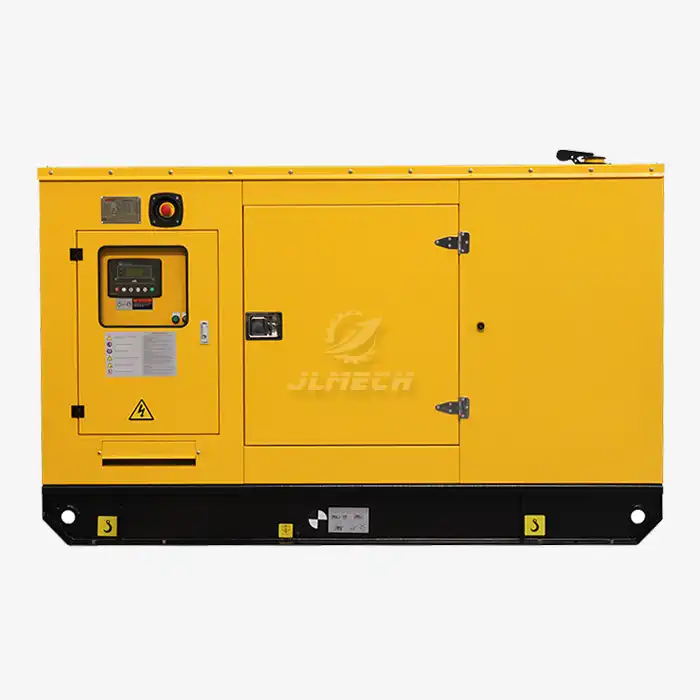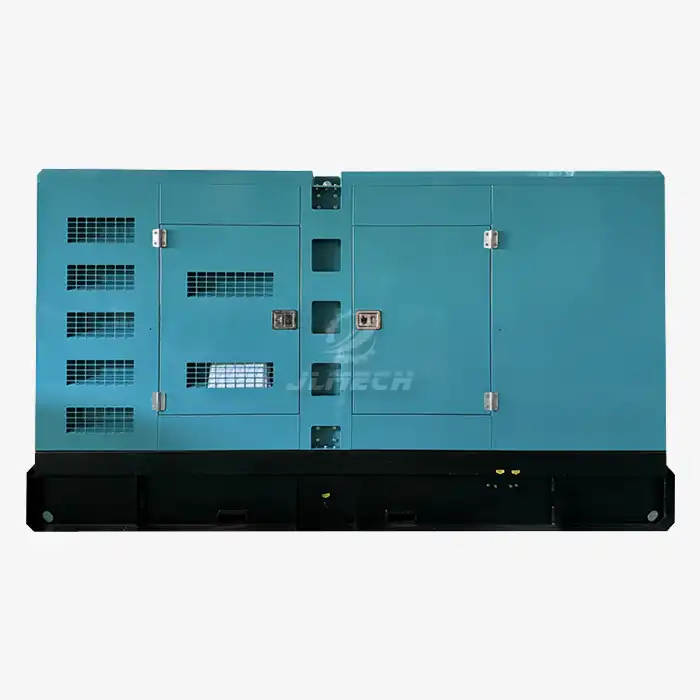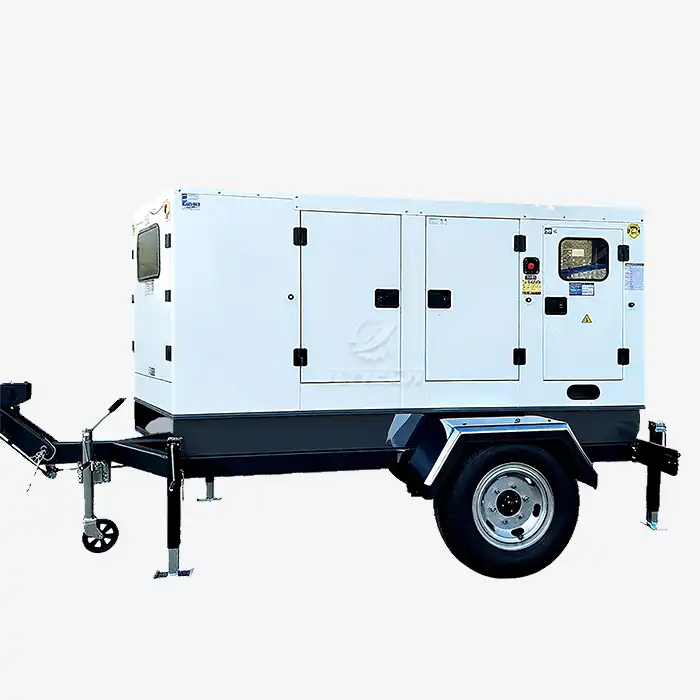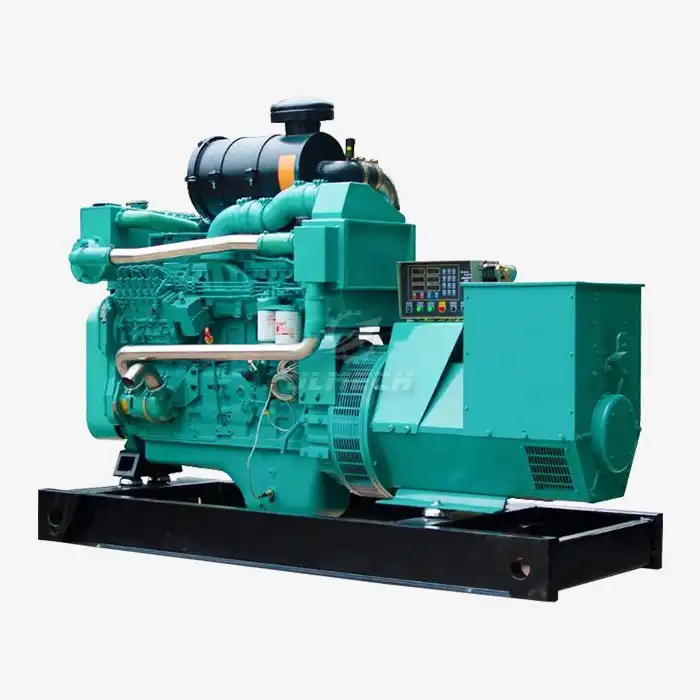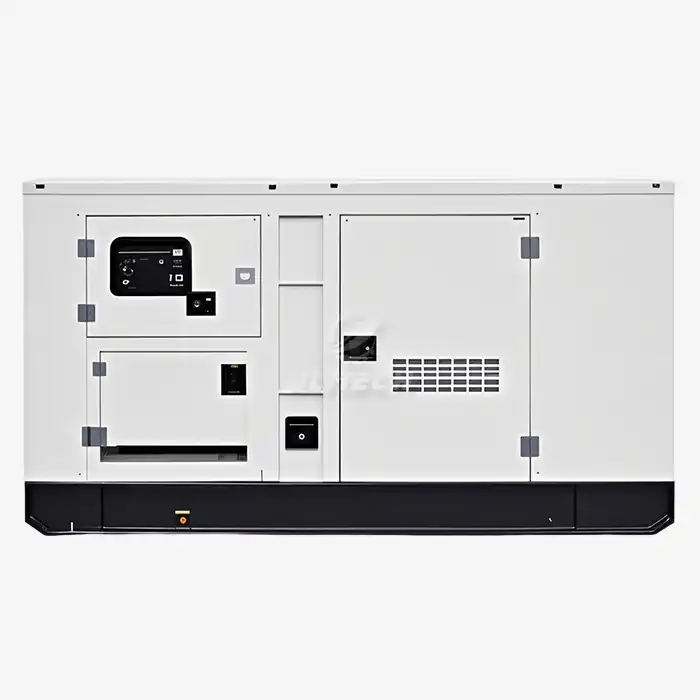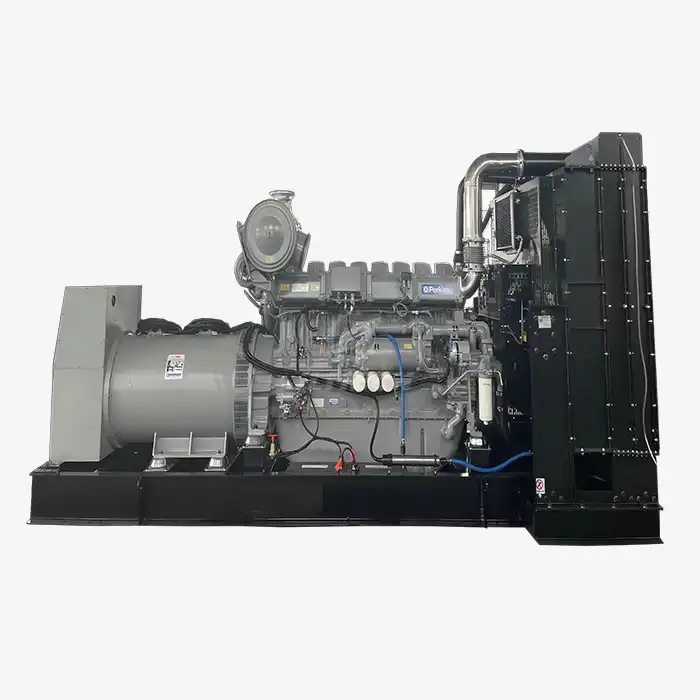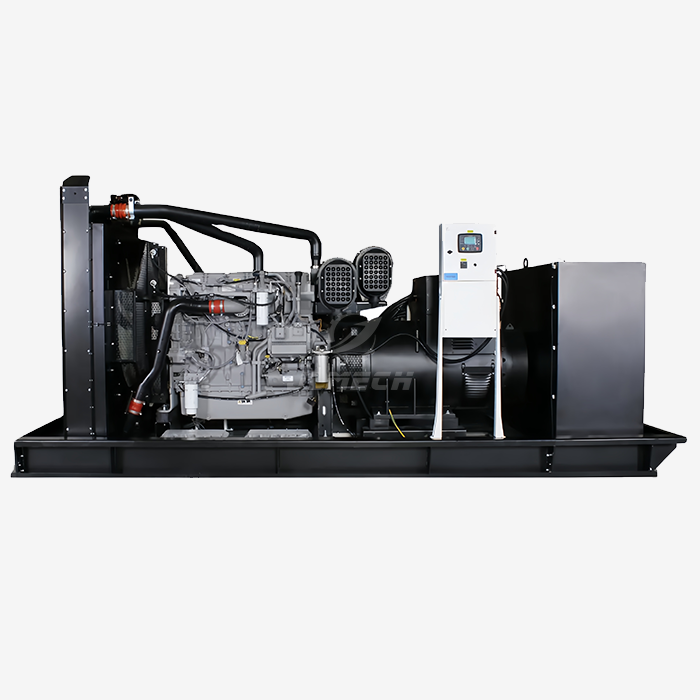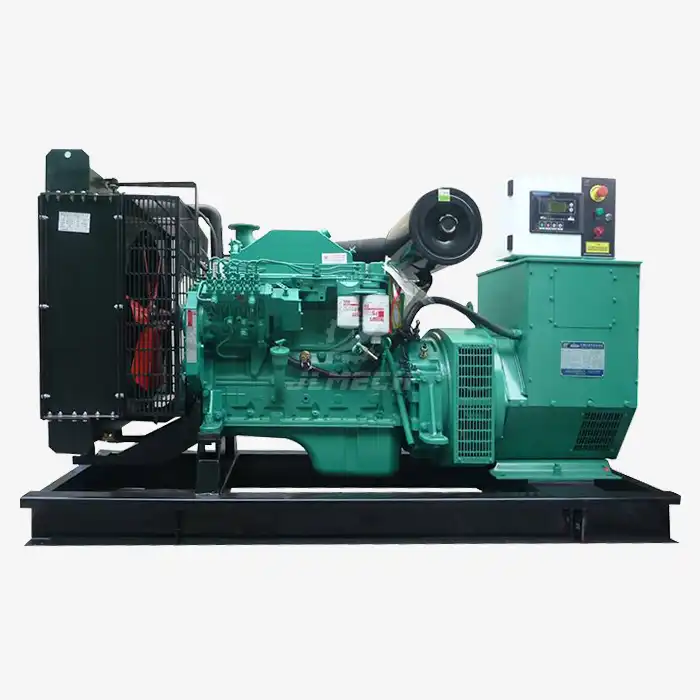What is a continuous generator?
When most people think of generators, they imagine emergency standby units that activate during power outages. However, many industrial and commercial operations require a more robust and persistent power solution. This is where a continuous generator becomes essential. Unlike standby models, a continuous generator—also known as a prime power generator—is specifically engineered to serve as the primary source of electricity for extended, uninterrupted periods. It is designed not for occasional use, but to serve as the dependable heart of your operations, delivering reliable power day in and day out.

Continuous vs. Standby Power: A Critical Distinction
Understanding the fundamental difference between power ratings is crucial for selecting the right generator and avoiding operational failures. The key lies in the manufacturer's specified power rating.
Continuous Power:
Defined as the maximum power output at which a generator can operate 24/7 under a variable load for an unlimited number of hours per year.
This is the rating that defines a true continuous generator. It is built to handle this constant demand without significant performance degradation.
Standby Power:
This is the maximum power a generator can supply only during a utility power outage.
It is not designed for continuous operation and is typically rated for a limited number of run hours annually (e.g., 200-500 hours). Using a standby generator as a primary power source will lead to accelerated wear and potential voiding of the warranty.
Choosing a unit rated for continuous generator operation is therefore non-negotiable for applications requiring a main power source.
Engineered for Endurance
What sets a continuous generator apart is its heavy-duty construction, designed from the ground up to withstand the relentless demands of constant operation. Key design features include:
Reinforced Engine Block:
Built with larger bearings, hardened valve seats, and a heavy-duty crankshaft to manage continuous thermal and mechanical stress.
Enhanced cooling systems, often with larger radiators, to maintain optimal temperatures over long durations.
Durable Alternator:
High-grade copper windings with Class H insulation, which can withstand higher temperatures.
Superior protection (e.g., IP23 rating) against dust and moisture, ensuring reliability in harsh environments.
Robust Fuel and Lubrication Systems:
Large-capacity base fuel tanks are standard to support long runtimes.
High-efficiency oil filtration systems are critical to maintain engine health, as the correct Diesel Generator Oil Level and quality are paramount for preventing wear during continuous operation.
Every continuous generator we manufacture undergoes rigorous testing to verify it meets these stringent durability and performance standards before it leaves our factory.
Typical Applications
Continuous generators are the backbone of industries where power is not a convenience but a absolute necessity. Common applications include:
Prime Power for Remote Sites: Mining operations, agricultural irrigation, oil and gas fields, and remote construction sites with no grid connection.
Infrastructure and Utilities: Water treatment plants, telecommunications towers, and data centers (where they may run in parallel with the grid).
Continuous Manufacturing: Industrial plants where any power interruption would halt production and cause significant financial loss.
For these critical roles, the reliability of a purpose-built continuous generator is the only viable solution.
Conclusion
A continuous generator is more than just a power source; it is a core piece of industrial infrastructure designed for relentless performance. Investing in a correctly specified and robustly built unit is essential for ensuring operational continuity, productivity, and the long-term viability of your project.
Our engineering team specializes in matching the right continuous power solution to your specific operational demands. For a customized proposal, please contact us at skala@whjlmech.com.
References
- International Organization for Standardization. (2019). Reciprocating internal combustion engine driven generating sets — Part 1: Application, ratings and performance (ISO 8528-1:2018).
- Generator Manufacturers Association. (2021). Guidelines for Rating and Application of Generator Sets. GMA Technical Publication TP-101.
- Anderson, R. L. (2020). Heavy-Duty Power Systems for Industrial Applications. Journal of Power Engineering, 42(4), 55-68.



